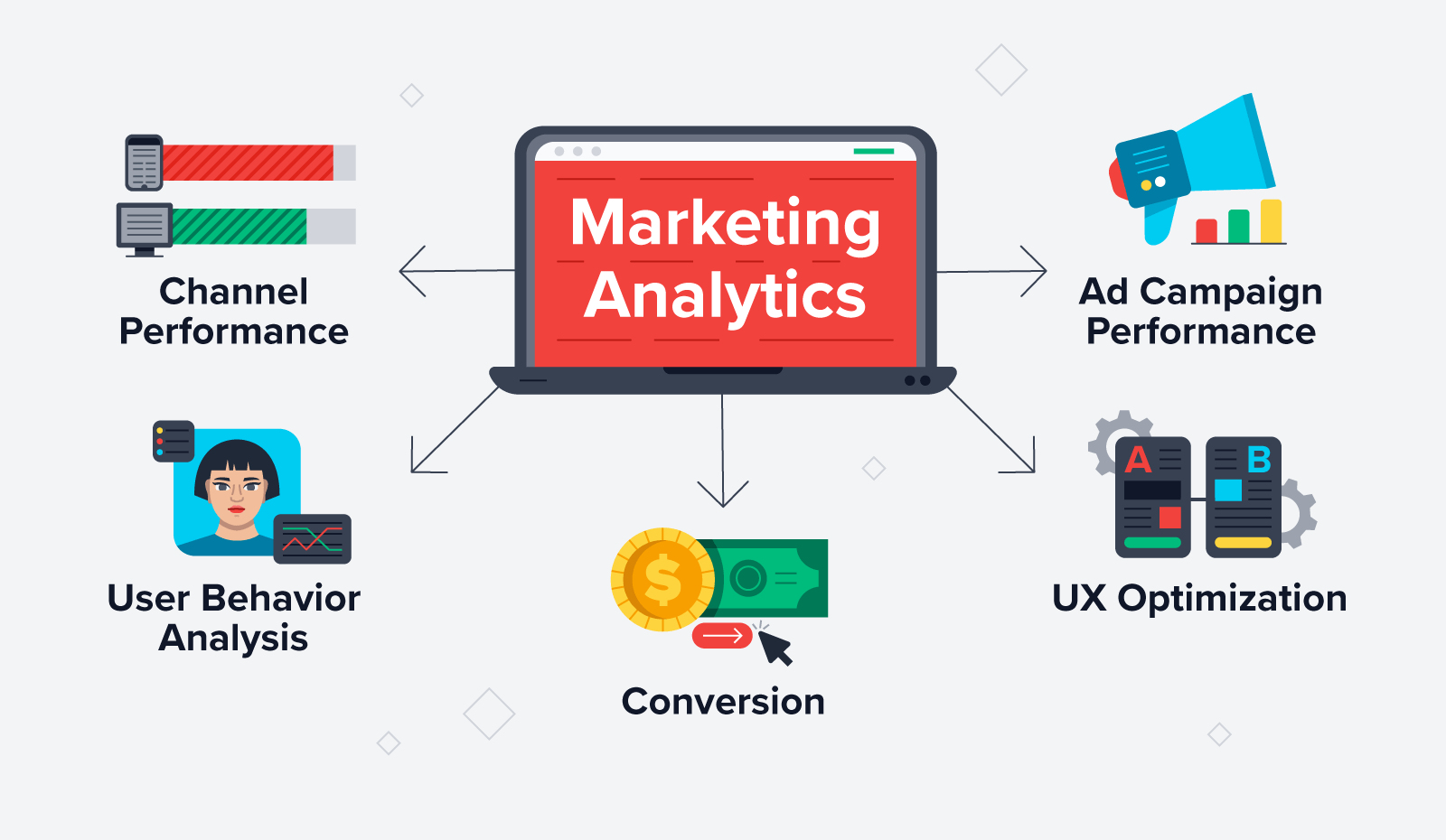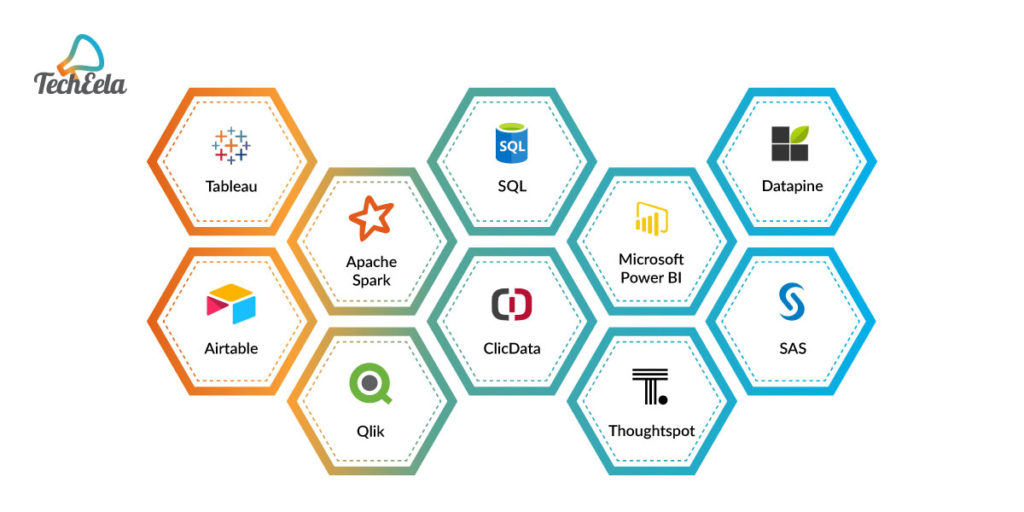Drive Growth and Technology Through Smart Analytics Applications
Drive Growth and Technology Through Smart Analytics Applications
Blog Article
Increase Performance and Profitability Via Data Analytics
In today's data-driven landscape, companies are significantly recognizing the critical role of information analytics in improving operational efficiency and productivity. By methodically assessing data, companies can discover vital understandings that inform tactical decisions, improve procedures, and tailor customer experiences.
Comprehending Information Analytics
In today's data-driven landscape, recognizing data analytics is important for organizations aiming to boost functional efficiency and drive earnings. Data analytics includes the systematic computational evaluation of information sets to discover patterns, connections, and understandings that educate decision-making. By utilizing various techniques, such as analytical analysis, artificial intelligence, and predictive modeling, organizations can change raw data into actionable knowledge.
The procedure commonly starts with information collection, where relevant details is gathered from multiple sources, including transactional databases, customer communications, and market trends. This information is then cleaned up and arranged to make sure precision and uniformity. Once the information is prepared, analytical devices and software are utilized to discover and envision the details, allowing stakeholders to recognize fads and anomalies.
Ultimately, recognizing information analytics empowers companies to make enlightened decisions based on empirical proof as opposed to instinct. It helps with targeted approaches that can maximize resource allocation, improve customer complete satisfaction, and improve overall efficiency. As services significantly identify the value of data-driven insights, a strong grasp of data analytics becomes a crucial expertise for groups and leaders alike, placing them for sustained success in a competitive environment.

Secret Benefits for Services
Businesses that leverage information analytics can unlock a multitude of benefits that significantly boost their operations and earnings. One of the primary advantages is boosted decision-making. Data analytics gives workable understandings derived from real-time information, allowing organizations to make informed selections that align with market demands and customer preferences.

Furthermore, data analytics promotes enhanced consumer experiences. By understanding customer habits and preferences, organizations can tailor their offerings, bring about increased complete satisfaction and loyalty. This tailored approach typically causes higher conversion rates and repeat service.
Moreover, information analytics makes it possible for companies to determine emerging patterns and possibilities. By staying in advance of the curve, companies can take advantage of new markets and technologies before their rivals.
Executing Data-Driven Techniques
Successful execution of data-driven techniques requires an extensive understanding of both available information and organizational objectives resources. Organizations should first define their goals plainly, ensuring placement between data initiatives and tactical goals. This clarity like this allows groups to focus on relevant metrics and insights that drive decision-making.
Next, companies ought to assess their existing information framework. This entails assessing information high quality, ease of access, and integration abilities. Top quality information is vital for exact analysis, as bad data can bring about misguided methods and wasted sources. Organizations should establish procedures for data collection, cleaning, and management to preserve information honesty.
Additionally, fostering a data-driven society is important. Staff members in all levels ought to be urged to utilize information in their everyday operations. Educating programs and workshops can enhance information literacy, equipping personnel to make informed decisions based on logical understandings.
Devices and Technologies Overview
A durable collection of modern technologies and devices is necessary for organizations intending to harness the complete potential of data analytics. These devices assist in the collection, processing, and visualization of data, making it possible for services to obtain actionable understandings.
At the fundamental degree, information management platforms such as SQL data sources and NoSQL systems give reliable information storage and retrieval capabilities. For information processing and analysis, programming languages like Python and R, along with frameworks such as Apache Flicker, see here allow complicated computations and artificial intelligence applications.
Visualization devices, including Tableau and Power BI, change raw information into instinctive visual formats, making understandings easily accessible to stakeholders at all degrees. Additionally, cloud-based platforms like Google Cloud and AWS supply scalable storage space and handling solutions, suiting the growing volumes of data organizations encounter.
For sophisticated analytics, anticipating modeling and AI-driven services are significantly embraced, allowing business to forecast fads and improve decision-making processes. Integrating these tools right into existing workflows is paramount; companies that efficiently leverage this modern technology can dramatically enhance operational performance and drive earnings. Hence, buying the right tools and technologies is a tactical critical for any kind of data-driven organization.
Study of Success
Leveraging information analytics has actually led numerous organizations look here to attain impressive enhancements in efficiency and earnings. One remarkable instance is a large retail chain that executed predictive analytics to optimize stock administration. By analyzing historical sales data and customer fads, the firm minimized excess supply by 30%, resulting in significant price financial savings and boosted capital.
An additional example can be discovered in the manufacturing market, where a leading vehicle supplier used data analytics to improve its manufacturing procedures. By checking equipment performance in real-time, the organization identified ineffectiveness and bottlenecks, resulting in a 20% increase in overall tools performance (OEE) This not just boosted production rates but also decreased downtime and maintenance expenses.

These study show just how data analytics can drive tactical decision-making, optimize processes, and inevitably enhance both effectiveness and profitability throughout different markets.
Final Thought
In verdict, the combination of information analytics into company procedures provides significant opportunities for improving performance and productivity. By methodically evaluating information, organizations can identify ineffectiveness, optimize customer experiences, and make educated decisions.
In today's data-driven landscape, understanding information analytics is essential for organizations aiming to improve functional effectiveness and drive earnings. Information analytics involves the methodical computational analysis of data collections to reveal patterns, connections, and insights that educate decision-making. Data analytics supplies actionable insights derived from real-time information, allowing businesses to make enlightened selections that straighten with market needs and consumer choices.
Top quality information is vital for accurate evaluation, as bad information can lead to misguided techniques and squandered sources. Organizations must develop procedures for information collection, cleaning, and administration to preserve data stability.
Report this page